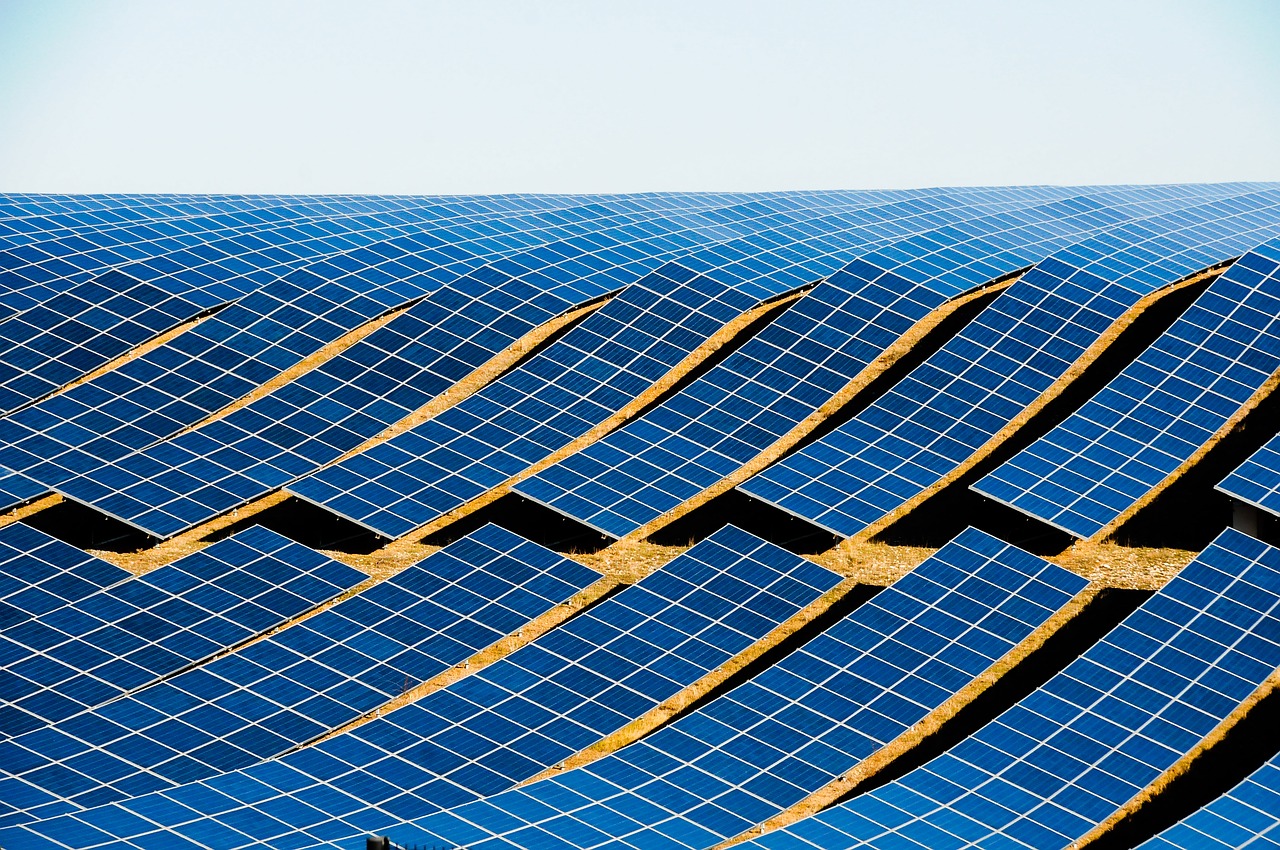
By Frank Andorka, Senior Correspondent
Let me start by stipulating that American jobs are important to me. Let me further stipulate U.S. manufacturing jobs are of particular importance to me. I come from blue-collar roots two generations back, and I am fully on board with keeping manufacturing jobs in the United States and using the levers of government, when necessary, to do so.
But these tariffs on solar are killing me, and they are doing real harm to the industry. As we’ve reported, companies like Cypress Creek Renewables are canceling enormous numbers of projects, which means jobs not created and jobs lost. The “return” of solar manufacturing jobs in the module segment remains largely mythical, with gains being modest at best and nonexistent at worse.
With each passing month, it becomes ever more clear that tariffs were the wrong governmental lever to pull to save the solar manufacturing industry. What, then, should government be doing instead?
That’s a question that has been kicked around here at SolarWakeup with its proprietor, Yann Brandt, who is far more involved in the financial end of solar than I have ever been (Yann has actually done deals; I’ve only written about them). And he has a proposal that sounds reasonable to me that I think is crazy enough it just might work: import license fees.
The program would work like this: The U.S. government would add a 3-cent import license fee to every imported module. By our calculations, that would generate $300 million on every 10 GW of imported modules. Compared to the 30% tariffs importers are currently paying, that’s a tiny drop in the bucket and might even allow an increase in inexpensive imports to come into the country. The flow of modules would reignite interest in projects currently in question and would stop the hemorrhaging of jobs from the downstream solar industry – where most of the jobs, as we’ve repeated ad nauseum, are.
Once the money is collected, it could be distributed evenly across all module manufacturers on a simple formula: total money collected divided by the total number of watts produced. The resulting boon to the admittedly struggling U.S. module segment would allow for the companies to come up with the next revolutionary discovery that will reshape the solar industry not just in the United States but the world.
Import license fees are a far more equitable, thoughtful and effective way of rebuilding the U.S. solar module manufacturing industry. But first, the tariffs have to go – and soon. Otherwise, not even license fees will stop the slowing of the project pipeline, damaging the industry for years to come.
More:
It’s Not Just Us: PRI Finds Trump’s Tariffs Are Tarnishing Solar’s Shine
The Tariffs Are Taking A Devastating Toll




